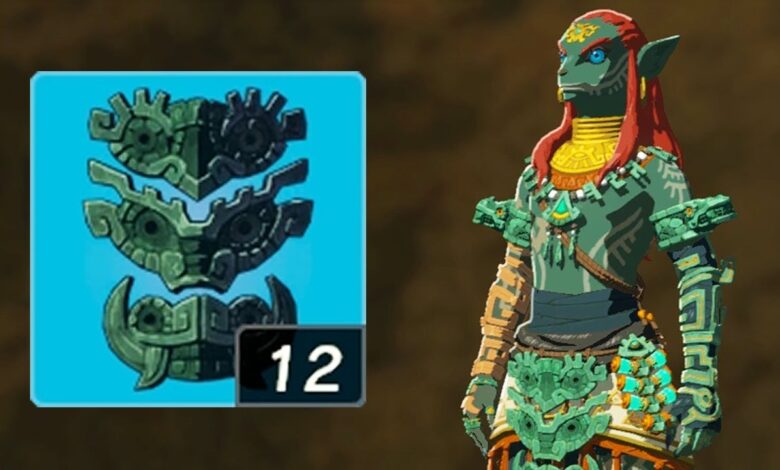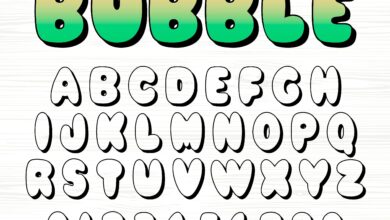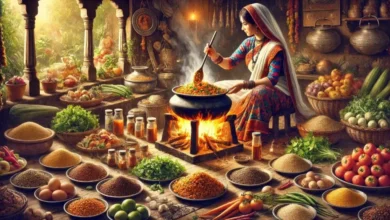Ancient Hero’s Aspect: The Symbolism Behind Legendary Heroes

The ancient hero’s aspect has long been a captivating subject in mythology, literature, and culture. These heroic figures, whose feats of bravery, wisdom, and strength have shaped the narratives of civilizations across the world, continue to influence modern-day storytelling and leadership. The “aspect” of an ancient hero refers to the set of traits, qualities, and symbolic representations that define them. From their courage and unwavering resolve to the lessons they impart through their struggles, these heroes not only shaped their respective societies but continue to leave a lasting imprint on contemporary culture.
In this article, we will explore the origins of ancient hero archetypes, the symbolism behind their characteristics, the diversity of these figures across cultures, and how their enduring legacy shapes modern perceptions of heroism.
The Origins of Ancient Hero Archetypes
The concept of a hero can be traced back to some of the earliest myths and stories in human history. Cultures around the world created figures that embodied idealized virtues like bravery, leadership, and sacrifice. These heroes were often seen as the protectors of their people, and their stories served as moral and ethical guides for society.
In ancient Greece, figures like Heracles (Hercules) and Achilles emerged as central heroes in mythological tales. Heracles, known for his immense strength and the completion of his Twelve Labors, represents the epitome of physical prowess and the resilience needed to overcome the most daunting challenges. Achilles, on the other hand, embodies the complex nature of heroism — his strength in battle, vulnerability due to his heel, and ultimate tragic fate resonate with themes of mortality and pride. These figures were often semi-divine, born of gods and humans, which further emphasized the extraordinary aspects of their nature.
Similarly, in Norse mythology, heroes like Thor and Odin stood as symbols of protection, wisdom, and sacrifice. Thor, the thunder god, was a protector of mankind, battling giants and ensuring the safety of the gods. Odin, the All-Father, was not just a warrior but also a seeker of knowledge, willing to sacrifice his own eye to gain wisdom. These heroes were not flawless; rather, they were deeply human in their flaws, making their stories all the more compelling and relatable.
The common theme across these ancient myths is the idea of a hero who undergoes significant trials, often with divine assistance or intervention, to prove their worth. The “hero’s aspect” in these narratives can be seen as a composite of their strengths, weaknesses, and their journey toward self-discovery and ultimate greatness.
The Symbolism of Ancient Heroes: What They Represent
The ancient hero’s aspect is laden with symbolism, often reflecting the values and ideals of the culture that produced them. Heroes were not merely warriors but represented broader societal virtues such as honor, justice, and the fight against evil or chaos.
For example, in Greek mythology, the hero’s journey was often tied to a personal quest for redemption or justice. Heracles’ Twelve Labors were not just tasks to prove his strength but were also a means of redemption for past mistakes. This aspect of heroism emphasizes the idea of struggle and sacrifice in the pursuit of a greater good. Similarly, the Greek hero Odysseus, renowned for his intelligence and wit, symbolizes the power of cunning and resilience in the face of adversity. His long journey home, filled with challenges and temptations, serves as a metaphor for the human experience of perseverance through trials.
In other cultures, like the Norse tradition, heroes represented the balance between the natural world and the divine. Thor’s hammer, Mjölnir, symbolizes not only his power but also his role in protecting the world from chaos and destruction. Odin’s ravens, Huginn and Muninn, represent thought and memory, reflecting the importance of wisdom in leadership and decision-making. These symbols are imbued with layers of meaning that speak to the values of the people who revered these heroes.
Moreover, heroes often embody the struggle between order and chaos, a recurring theme in mythology. In many tales, the hero faces monsters or gods that represent chaos, and through their victory, they restore balance and order. This theme is central to the idea of a hero’s responsibility — their actions ensure the survival and well-being of the world around them.
Ancient Hero’s Aspect in Different Cultures
The ancient hero archetype exists across cultures, each adapting the basic concept to reflect its own societal values and ideals. While there are many variations of the hero, certain common elements transcend cultural boundaries, making them universal figures in human storytelling.
In Greek mythology, the heroes were often demi-gods, like Perseus or Jason, who were born of gods and mortals. These figures often undertook dangerous quests, like slaying monsters or retrieving sacred objects, to prove their worth to the gods and humans. The Greeks also emphasized the concept of arete, meaning excellence or virtue, which their heroes were meant to embody. Heracles’ strength, for example, was seen as an ideal form of arete, as he used his might to accomplish seemingly impossible tasks.
In contrast, Norse mythology placed a greater emphasis on fate and honor. Figures like Beowulf, the hero of the Old English epic, demonstrated the importance of courage in the face of inevitable doom. Beowulf’s battles with Grendel, Grendel’s mother, and the dragon symbolize the heroic ideal of overcoming evil and securing a legacy that would be remembered by future generations. Norse heroes were often portrayed as individuals destined for greatness, though they faced inevitable death in their quests. This belief in a heroic fate adds a sense of tragic beauty to their stories.
In Eastern mythology, heroes like the Indian god Rama from the Ramayana exemplify the virtues of righteousness and devotion. Rama’s journey to rescue his wife Sita from the demon king Ravana is not only an epic battle of good versus evil but also a deeply spiritual journey of self-discipline, devotion, and moral integrity. Rama’s aspect is centered around duty (dharma), loyalty, and honor.
Though these heroes hail from different parts of the world, their roles in their respective societies are remarkably similar. They represent ideals that are still cherished in modern society: the importance of courage, wisdom, and self-sacrifice.
The Hero’s Aspect and Its Lasting Impact
The ancient hero’s aspect continues to resonate in modern culture, especially in literature, film, and leadership. Contemporary heroes, like those in superhero comics and movies, often draw inspiration from these ancient archetypes. Superheroes such as Superman, Batman, and Wonder Woman are modern adaptations of the ancient hero’s aspect — possessing extraordinary abilities and undertaking great challenges for the benefit of others.
In leadership, the ancient hero’s traits of resilience, sacrifice, and courage are still celebrated. Political leaders, activists, and everyday individuals who face difficult challenges often find inspiration in the stories of ancient heroes. The image of a hero enduring hardship, overcoming obstacles, and ultimately prevailing is a powerful motivator for people in times of struggle.
Moreover, the concept of the hero’s journey, a narrative framework popularized by Joseph Campbell, continues to be a central storytelling device in modern films and books. The hero’s journey follows a protagonist as they are called to adventure, face trials, and return transformed. This structure is evident in countless modern tales, from The Lord of the Rings to Harry Potter, proving the timelessness of the ancient hero’s aspect.
Conclusion
The ancient hero’s aspect is a fascinating blend of mythology, culture, and symbolism that transcends time and geography. From the strong, courageous figures of ancient Greece to the wise and tragic heroes of Norse mythology, these heroes continue to shape the values and ideals of societies around the world. Whether they represent justice, wisdom, or the struggle between order and chaos, their timeless lessons still resonate today. By understanding the enduring qualities of these ancient heroes, we can better appreciate their influence on modern-day leadership, storytelling, and personal growth.





